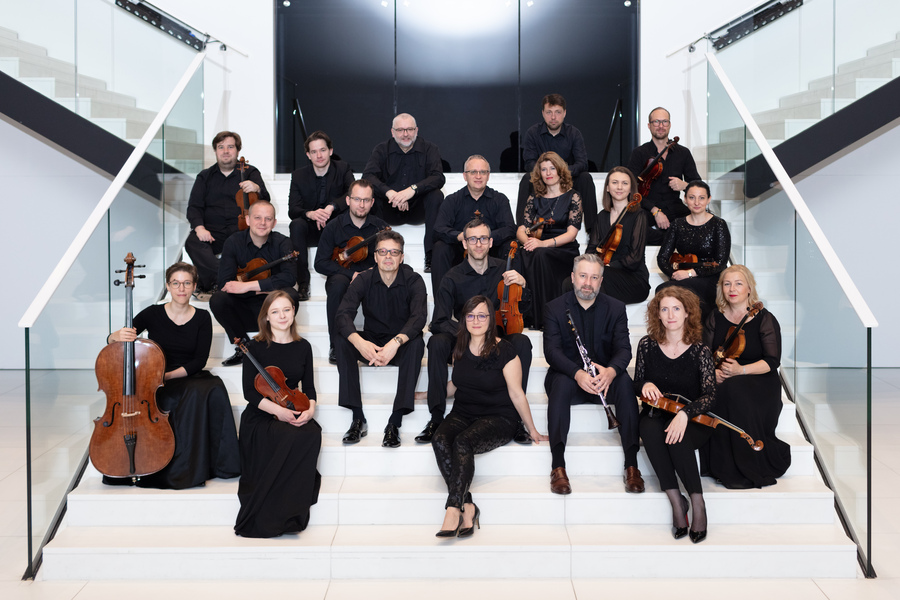The son of an innkeeper from Legnica, taking his first musical steps in a village band, creates an orchestra led by Richard Wagner and Camille Saint-Saëns and which performs for the German emperor and the Russian tsar. After some time, the artists trained by the former village musician leave him and form their own band. At first, they advertise their concerts with the name of the former conductor, but then they adopt a new name – Berliner Philharmoniker – and achieve great fame. On a new album, works by Benjamin Bilse – a successful conductor and composer – are introduced to us by the West Side Sinfonietta. They will also sound during the concert celebrating the album’s premiere.
Bilse, after an apprenticeship in a village band as a child, studied with one of the town’s musicians. As an adult, in 1842, he went to Vienna for a few months, where he took lessons from the famous Hungarian violin virtuoso – Joseph Böhm – and played in the popular orchestras of Johann Strauss I, and Joseph Lanner, for money. It was the beginning of a great career.
After returning to Legnica, he took the position of director of the municipal orchestra. Although he was the first to present Eroica to the people of Legnica, he also willingly performed with his musicians a light repertoire in the open air. The band gained a reputation, and trips began to Warsaw, Paris, Brussels, Amsterdam, Riga ... Soon Legnica became too small for Bilse’s musicians. The orchestra then went to Berlin and began regular performances in the newly built concert house on Leipziger Strasse with a large venue for 1,200 people. Bilse became the court musician of the German Emperor Wilhelm I, and the group’s activity flourished – its line-up sometimes grew to over a hundred people, it also played under the direction of Johann Strauss II, Richard Wagner, and Camille Saint-Saëns. In 1882, however, a breakdown came, and the orchestra created by Bilse broke up. More than fifty musicians left and founded their own orchestra, initially performing as Ehemalige Bilsesche Kapelle (Former Bilse’s Orchestra). It is this ensemble that in 1887 would start performing as the Berlin Philharmonic and give rise to a legend.
We can treat Benjamin Bilse as the Prussian equivalent of the king of the waltz – Johann Strauss. He penned just over forty compositions, which were published in print in Berlin, but also in England and France, and gained great popularity at salons. Among them, we find e.g. waltzes, polkas, quadrilles and marches. Often, these are works dedicated to aristocrats, rulers, princes, and even kings and emperors. It is music written with great skill, perfectly reflecting the spirit of the times in which it was created.
In partnership with:



